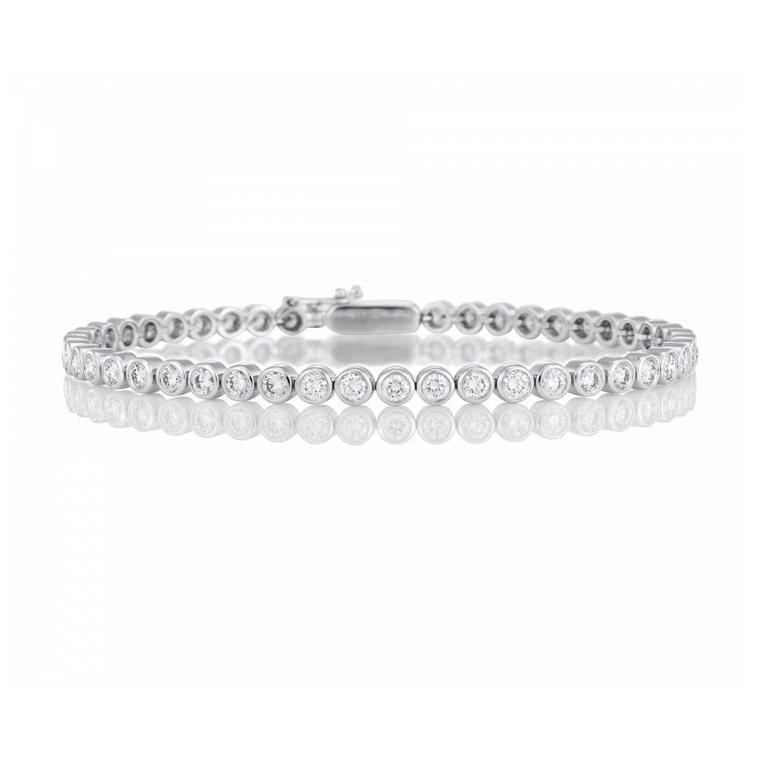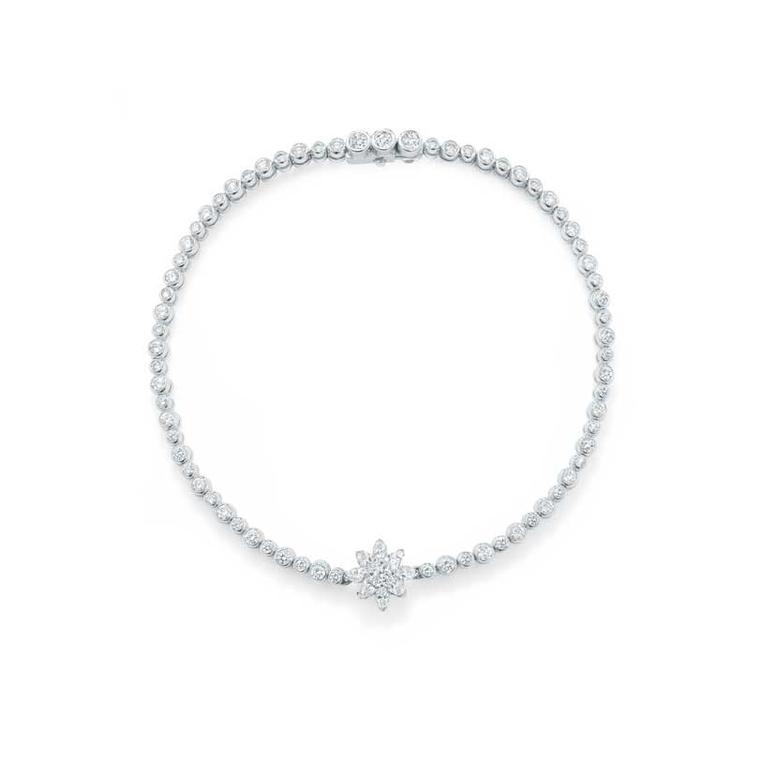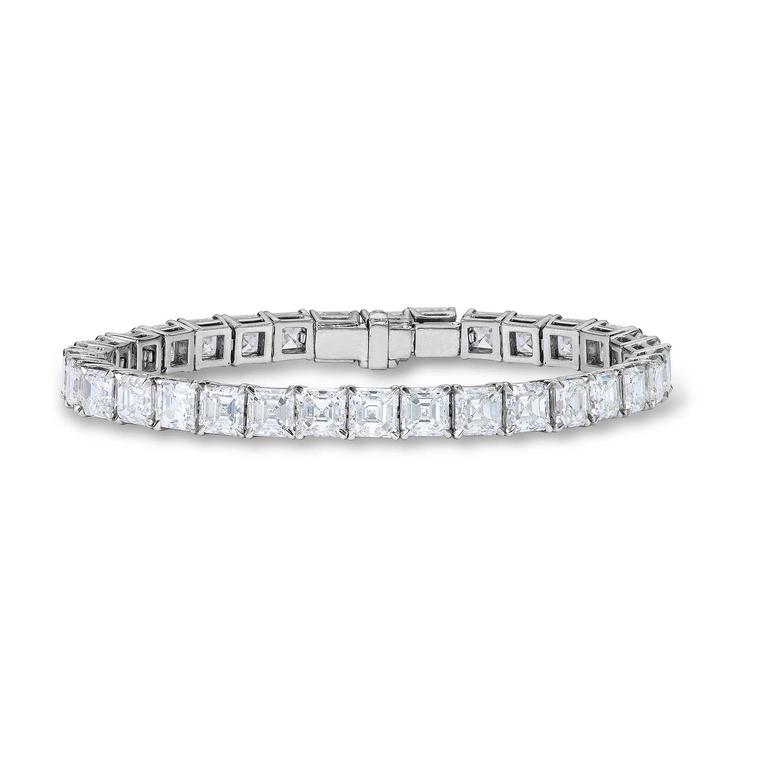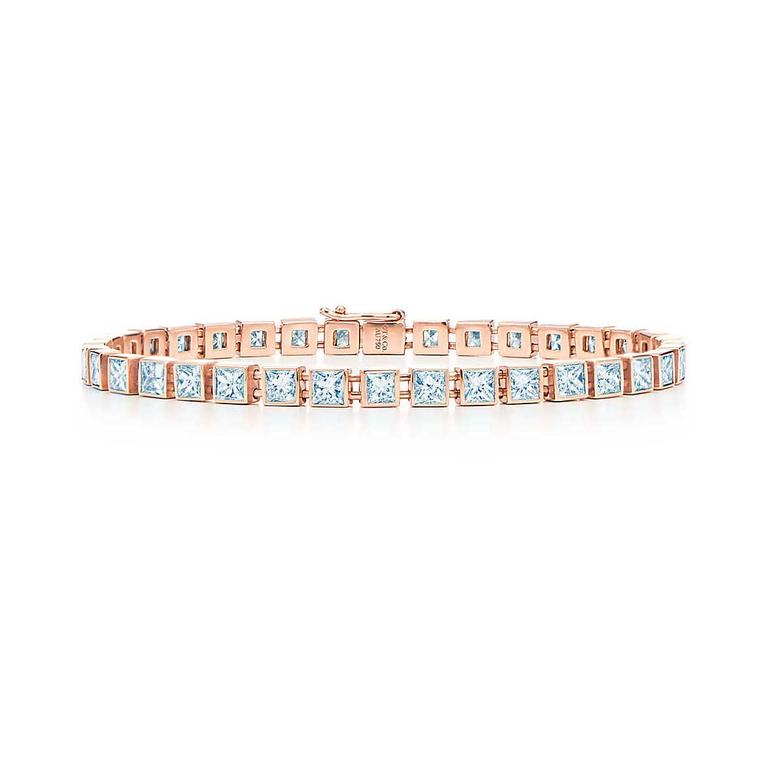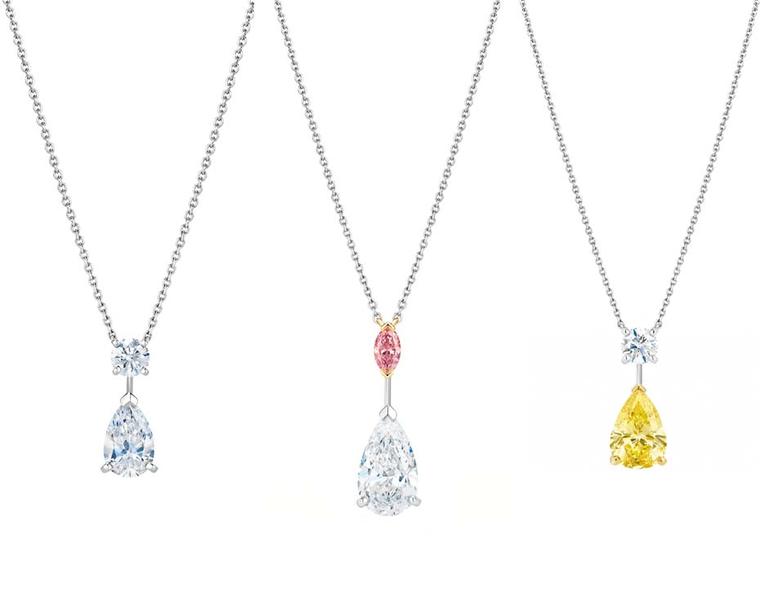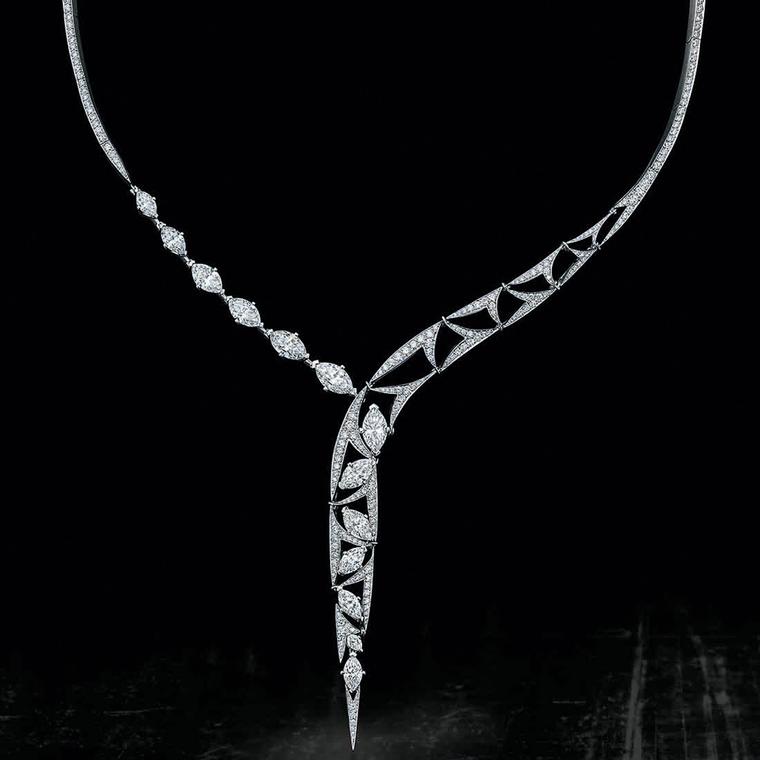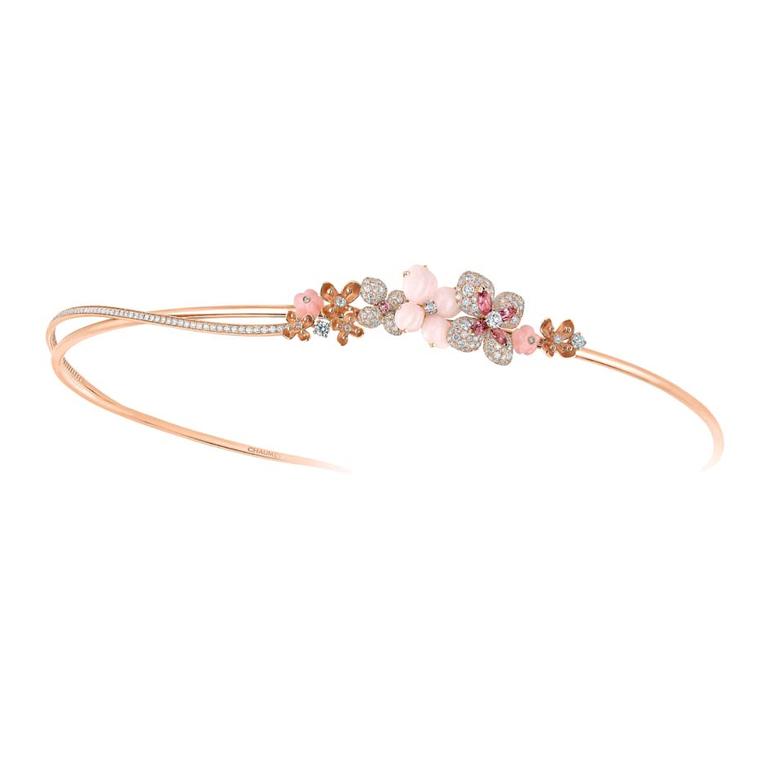With the Wimbledon fortnight approaching, it's the ideal time to delve into the history behind the tennis bracelet.
These distinctive lightweight diamond bracelets, with an inlay of facetted gemstones, were inadvertently given their sporty moniker by former number-one tennis player Chris Evert. During the 1987 US Open, Evert asked the umpire to stop play after the vigorous rallying sent her George Bedewi diamond bracelet flying across the tennis court. While Evert safely retrieved her precious diamond bracelet unfortunately, the 18-time Grand Slam singles champion did not make it past the US Open quarterfinals that year. However, the incident inextricably linked this style of diamond bracelet with the beautiful game of tennis.
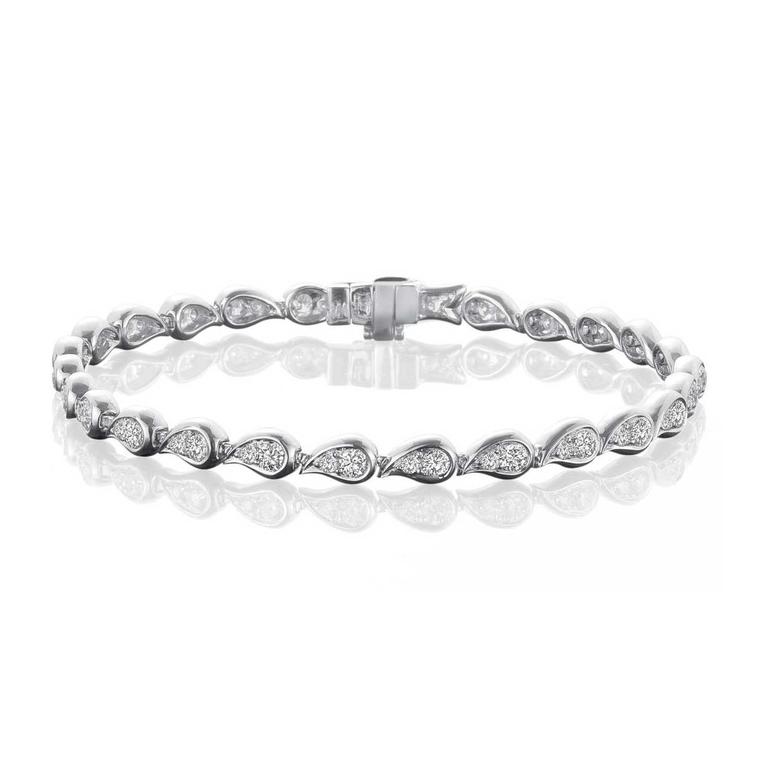
The delicate tennis bracelet is now a sparkly staple in many jewellery collections. Crafted from platinum and set with round brilliant-cut diamonds, this Boodles bracelet is composed of little drops embellished with round brilliant diamonds. Similarly, the diamonds in the De Beers tennis bracelet are bezel-set, encasing the gems in a halo of gold rather than fixing them in place with claws, giving it a very contemporary feel.
The enduring appeal of tennis bracelets is enhanced by the fact that they work with almost any diamond cut. The Asprey bracelet features 38 Asscher-cut diamonds neatly lined up around the wrist, while the Mappin & Webb bracelet has an added design detail in the shape of a diamond floral cluster. Meanwhile, princess-cut diamonds take pride of place in the rose gold tennis bracelet from the Tiffany T jewellery collection.
Whoever wins the Wimbledon final this weekend, it is definitely game, set and match for the tennis bracelet as a modern jewellery classic that will never go out of style.



